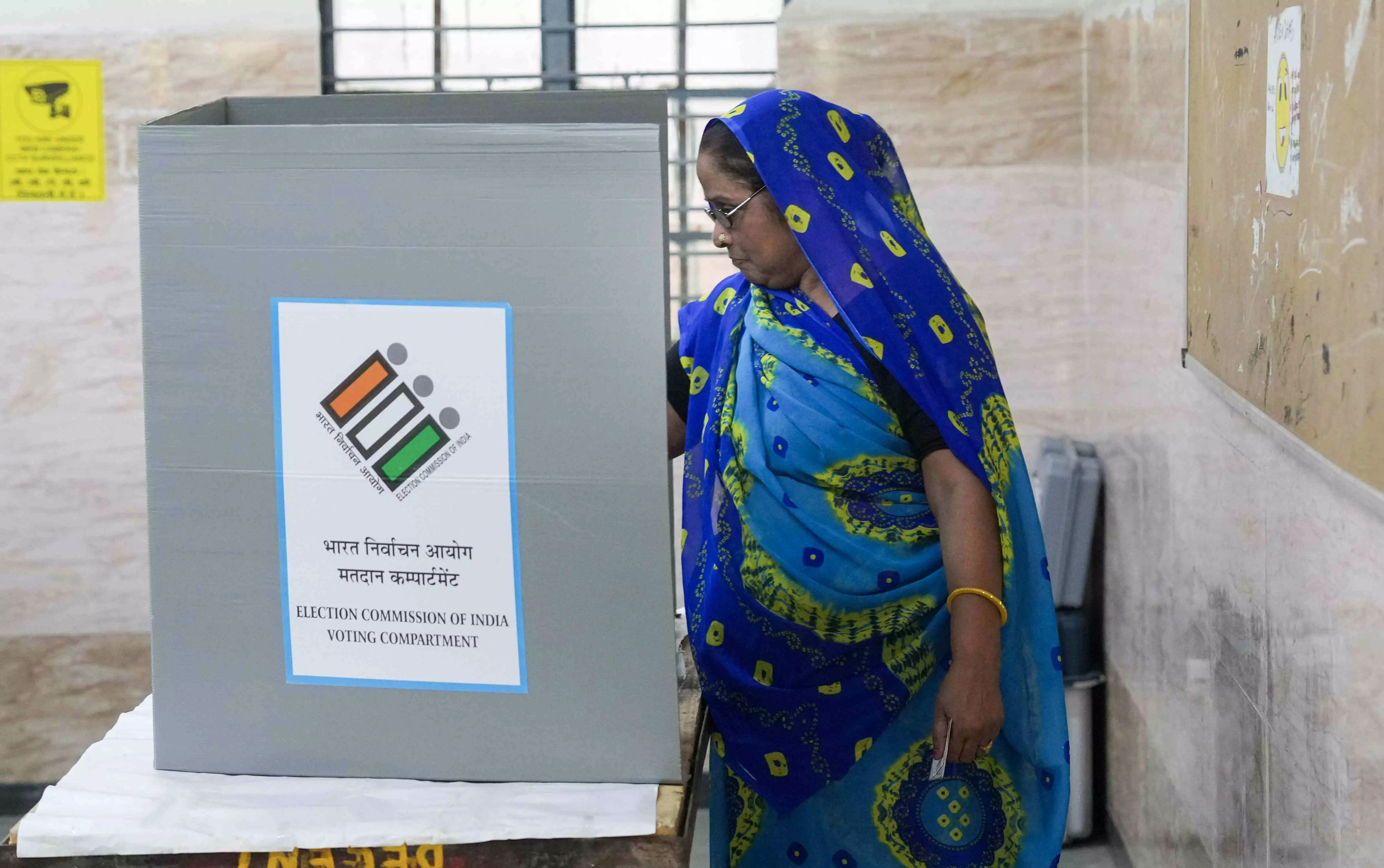Pulse of politics

If the 2024 General Election results came as a surprise for many, the Legislative Assembly election results for two of the four states — Andhra Pradesh, Arunachal Pradesh, Odisha, and Sikkim — were also dramatic. While the ruling parties in Arunachal Pradesh and Sikkim comfortably retained their power, Odisha and Andhra Pradesh saw a dramatic change of guard.
Naveen Patnaik-led Biju Janata Dal (BJD) faced a major upset as the Bharatiya Janata Party won 78 seats in the 147-seat Odisha Assembly. Though the BJD managed to win only 51 seats in comparison, its vote share stood marginally over the BJP at 40.22. With this mandate, the 24-year popular rule of Naveen Patnaik has come to an abrupt end. Quite a late entrant in electoral politics (in his fifties), Patnaik is the second-longest serving chief minister in the country, after former Sikkim Chief Minister Pawan Chamling. The simmering anti-incumbency factor against his rule was effectively capitalised upon by the BJP which incessantly flagged the dominance of Tamil-born bureaucrat VK Pandian in state’s politics — appealing to the identity-based conscience of the electorate. BJP’s onslaught was further validated by Pandian’s visible dominance in campaigns and speeches. The BJP also did not miss out on highlighting the issue of the lost keys of Ratnabhandar of Shree Jagannath Temple. The welfare recounting of Naveen Patnaik couldn’t sail him through the anti-incumbency wave and BJP’s hard-hitting election campaign. Shockingly, Patnaik even lost to BJP’s Laxman Bag in Kantabanji assembly seat with a vote margin of 16,344. Even in his primary seat, Hinjili, Patnaik trumped his BJP rival Sisir Kumar Mishra by only a small margin of 4,636 seats.
Andhra Pradesh has also witnessed a dramatic turnaround. The incumbent Yuvajana Sramika Rythu Congress Party (YSRCP) has been reduced to a mere 11 seats in the 175-seat assembly — failing to meet even the minimum requisite for serving as the principal opposition, i.e., 18 seats. Here, again, like in the case of Odisha, the limitations of purely relying on welfare politics have come out. Chandrababu Naidu-led Telugu Desam Party (TDP) — an NDA ally — has won a staggering 135 seats with a vote percentage of 45.6 per cent. The other two NDA allies — the BJP and the Jana Sena Party (JnP) — won eight and 21 seats, respectively. In a nutshell, the NDA has almost decimated the YSRCP in the state. Notably, the equations in Andhra Pradesh have almost reversed; in the 2019 elections, YSRCP had come to power by winning 151 seats, limiting TDP to 23 seats. Undoubtedly, the TDP and the JnP deserve credit for presenting before the electorate a strong alternative narrative. Drawing upon the limitations of welfare politics, the NDA allies laid out the vision of complementing it with a robust development agenda, with industrialisation at its core. They also raised the issue of corruption and misgovernance vociferously. Interestingly, with the TDP emerging as a vital ally at the Centre, as also coming out strongly in the state, Andhra Pradesh’s polity appears to have gained a stable footing.
Contrary to Andhra Pradesh and Odisha, the two northeastern states, Arunachal Pradesh and Sikkim, saw the incumbents come back to power comfortably. In Arunachal Pradesh, Pema Khandu-led BJP has stormed back to power by winning 46 out of 60 seats — an increase of five seats from 2019. In Sikkim, Prem Singh Tamang-led Sikkim Krantikari Morcha (SKM) has registered a landslide victory, winning 31 of the 32 assembly seats. Once dominant Sikkim Democratic Front has won the remaining seat. It has to be admitted that the return of the incumbents has been driven by a sense of satisfaction with the development works of the government.
Overall, in democratic India, the common inference from the results in four states is that there is an increasing awareness among the voters and there is no alternative to development endeavours in the long run. Neither crude welfare nor hollow rhetoric is good enough to bind the voters.



